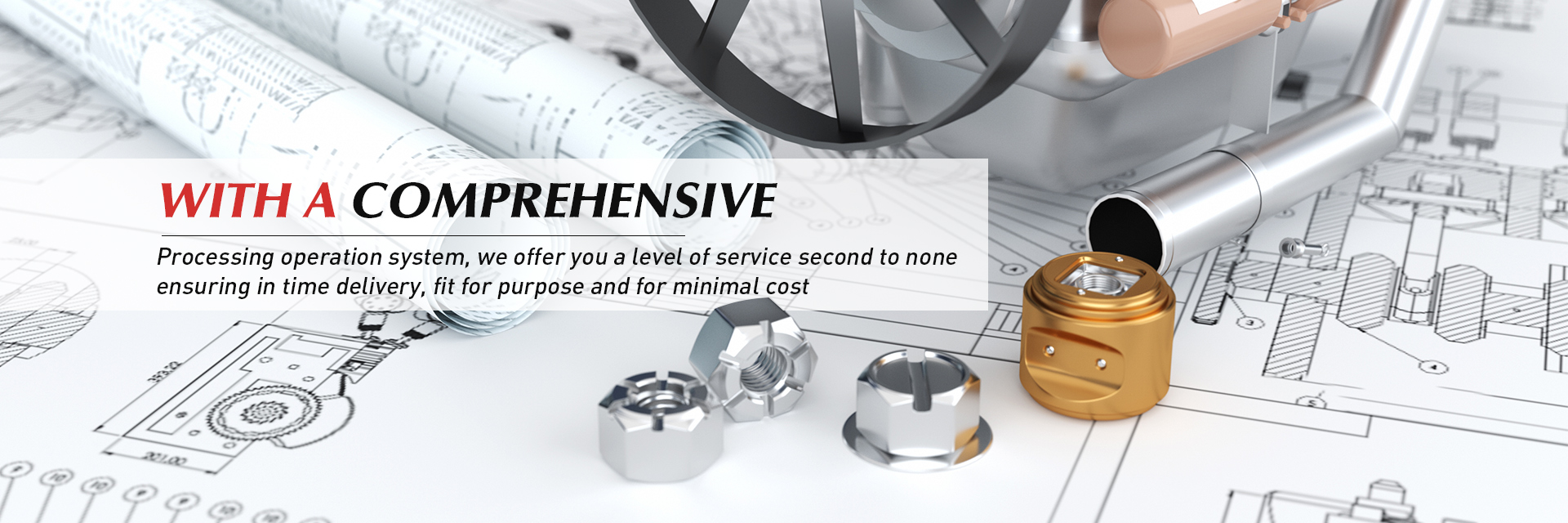The first step in processing metal stamping dies is blanking. At the very least, cutting or sawing the blanks on the raw materials of the die steel is required, and then rough machining. The rough that has just come off has a poor surface and size, so it needs to be rough-grinded on a grinder first. This time belongs to rough machining, so the size requirements are not high, and generally enough tolerance of 50 wires is enough. After rough machining, heat treatment is required. Generally, heat treatment is processed by a special heat treatment factory. There is not much to introduce about this part.
After the heat treatment, it needs to be finished. Generally, the grinding machine is used for fine grinding. At this time, the size requirements are more stringent. Generally, the accuracy is around 0.01. Of course, this accuracy is not the most accurate. The specific accuracy requirements should also refer to the complexity and precision of the metal stamping parts that the metal stamping die needs to process.
After the grinding machine is processed, the previous design drawings are installed for processing. Generally, the threading holes are threaded first, and then the wire cutting is used to cut out the required size and shape according to the drawings, and then the milling machine, CNC, etc. are used according to the situation. This specific also depends on the complexity of the metal stamping parts.
To sum up, the equipment required for metal stamping dies includes sawing machines, lathes, wire cutting, EDM, milling machines, drilling machines, grinding machines, etc. These are also equipment that a qualified metal stamping die fitter needs to be skilled in operating. With the development of the industry, in the process of processing metal stamping dies, many processes are also handled by outsourced factories. After all, there are specialties in the art industry.
Post time: May-08-2023





